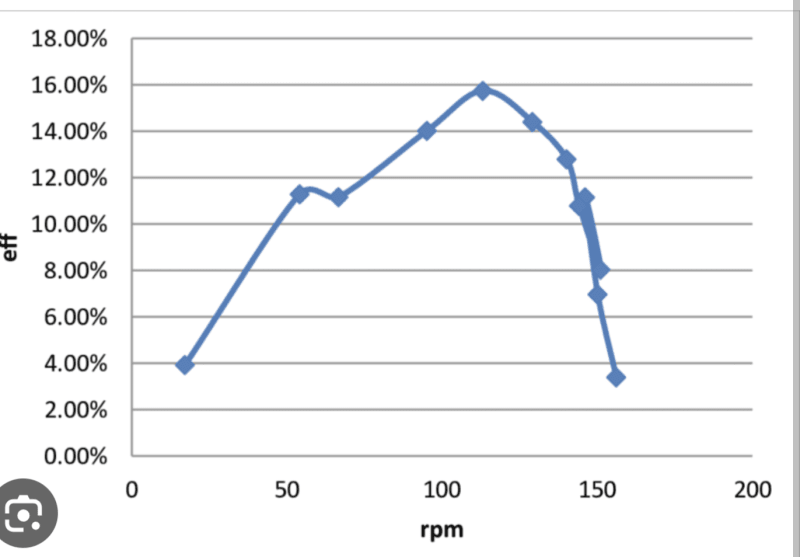Dawsonh4
Chemical
- Oct 4, 2020
- 58
Hi all.
I have a 240 volt, 10 Amp AC generator being powered by excess compressed air that would otherwise be wasted. I want to use it to charge a bank of 12 V DC batteries wired to be 24 V. My issue is that the compressed air pressure varies slightly to the point that the generator run between 40 ad 59 Hz. The voltage varies along with the speed.
Is there off the shelf equipment that can take the varying AC voltage and turn it into something useful to charge the batteries?
I initially started with a PULS CPS20 Power supply, but found the lower end of the generator caused the power supply to trip when it gave the generator load. Under no load the generator is spinning around 63 Hz. When the power supply gave it load it would drop down to 40 Hz and the CPS20 would automatically shut it off.
Any help is much appreciated!
I have a 240 volt, 10 Amp AC generator being powered by excess compressed air that would otherwise be wasted. I want to use it to charge a bank of 12 V DC batteries wired to be 24 V. My issue is that the compressed air pressure varies slightly to the point that the generator run between 40 ad 59 Hz. The voltage varies along with the speed.
Is there off the shelf equipment that can take the varying AC voltage and turn it into something useful to charge the batteries?
I initially started with a PULS CPS20 Power supply, but found the lower end of the generator caused the power supply to trip when it gave the generator load. Under no load the generator is spinning around 63 Hz. When the power supply gave it load it would drop down to 40 Hz and the CPS20 would automatically shut it off.
Any help is much appreciated!

